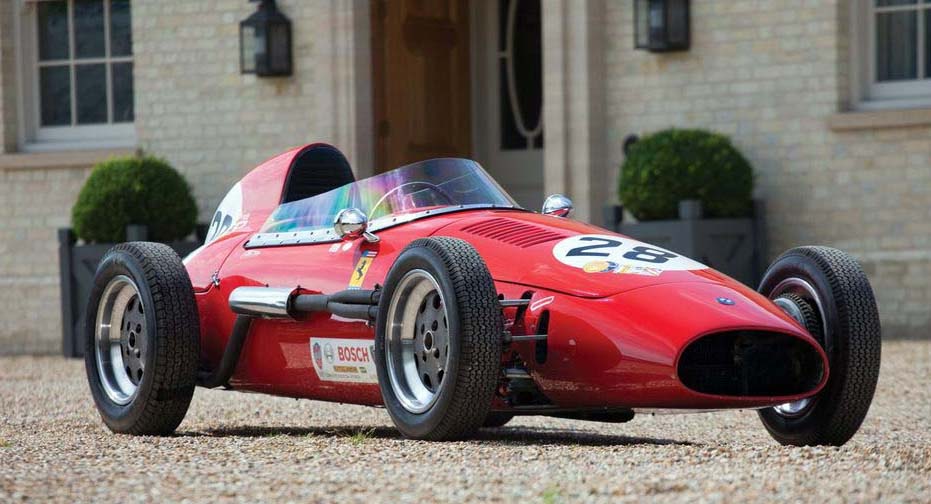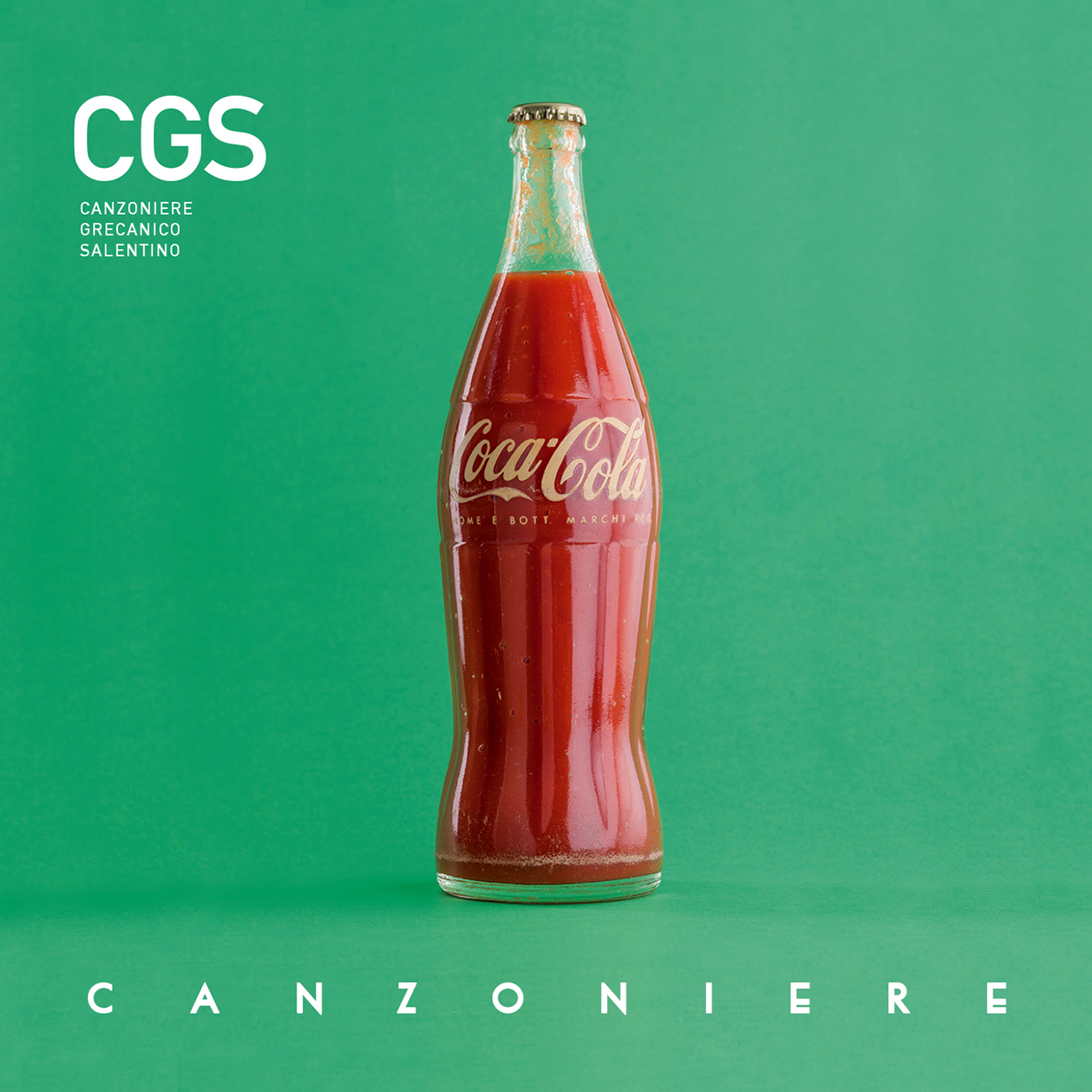Part 80 – O.S.C.A.
By David Cavaliere
Officine Specializzate Costruzione Automobili – Fratelli Maserati S.p.A., or O.S.C.A. was a manufacturer of racing and sports cars established in 1947 in San Lazzaro di Savena, Bologna, by Ernesto Maserati and his two brothers, Ettore and Bindo. After they sold their Maserati to Adolfo Orsi in 1937 (see Part 67 – Maserati’s First Success in America, July 27, 2017), the brothers were subject to a 10-year non-compete clause. Ernesto was the engineering manager and Ettore and Bindo were operations managers at O.S.C.A. They set up a factory at San Lazzaro di Savena outside Bologna, where from 1926 to 1940, the brothers produced cars. Their original goal was to develop an automobile to compete in the 1100 cc racing class. One of the reasons for the Maserati brothers’ departure was their unwillingness to design and produce road cars – they were racers – pure and simple.
OSCA was a tiny company, never making more than 30 cars in a single year, most of which were intended for competition. Its first offering, introduced in 1948, was the MT4 (Maserati Tipo 4), a small Barchetta powered by a 1,092cc overhead-camshaft engine producing 71 hp. Raced at the Pescara Circuit and the Grand Prix of Naples, it was immediately successful in the hands of Luigi Villoresi. Enlarged in stages up to 1,491cc and given a twin-cam cylinder head, the OSCA engine was later taken up by FIAT, where it was modified for expanded production by ex-Ferrari designer Aurelio Lampredi. In 1950, a new DOHC engine was used on the MT4-2AD which raised the power to 99 hp. It was enlarged to 1453 cc and to 108 hp in 1953.
Most of the automobiles were bodied as Barchettas (open two-seater sports cars), but a few were built with more luxurious Berlinetta bodies (sports coupés) by Pietro Frua (see Part 45 – The Frua Line, January 16, 2017), Michelotti (see Part 74 – The Designs of Michelotti, September 21, 2017), Zagato and Vignale. A Vignale was run in the 1500 cc class at the 1953 24 Hours of Le Mans and in 1954, the 12 Hours of Sebring was won by drivers Stirling Moss and Bill Lloyd in a MT4. Arguably the most famous of all was the 1954 OSCA MT4 Simpson Special 1500cc Streamliner. The car broke 18 world records in 1955 at Bonneville, including an average of 162 mph over 10 kilometers.
1954 also saw the introduction of an all new engine – the Tipo 372 DS twin spark, 118 hp engine. The reason for its development was the introduction of the Formula 2 class that season, which had a displacement limit of 1500 cc. While that corresponded with the largest OSCA engine available at the time, the brothers recognized that more power was needed to ensure that the cars would be competitive in the 1957 season. The Formula 2 cars were labeled F2/S and the similarly engined sports racer was called the FS.
The Type 372 engine was mounted in the familiar tubular steel chassis. Suspension was by double wishbones at the front and a live axle at the rear. Drum brakes were still used, primarily because it was difficult to import disc brakes into Italy at the time. The FS 372 was clothed in an aluminum spyder body by Morelli of Ferrara.
The Formula 2 car was similar in most respects to the FS 372, except its single seater body. The two variants debuted as intended in early in 1957, but failed to live up to the legacy of the earlier OSCA models. The beautiful twin-cam engine could not compensate for the relatively outdated chassis. The Maserati brothers persevered and even developed a version of the engine with a desmodromic valve-train, which allowed for higher revs. At least one of the sports cars was fitted with this 137 hp Tipo 372 DS engine. In 1959, the company launched a Formula Junior racer. This used a Fiat engine of 1089 cc and saw wins by Colin Davis and Berardo Taraschi that year.
As the company gained success, it reversed the very policy that had prompted the brothers to leave Maserati and began producing GT cars. OSCA’s 1600 GT was built around a tubular-steel spaceframe chassis equipped with the 4 cylinder engine in a higher state of tune. The firm also built special versions of the Fiat 1500/1600 during the same period. OSCA completed 128 examples of the 1600 GT between 1960 and 1963, 98 of which had bodies by Carrozzeria Zagato. The remainder were by Carrozzeria Fissore (see Part 44 – Carrozzeria Fissore, November 19, 2016), with a few by the Morelli brothers, Boneschi and Touring.
In 1963, the brothers sold the company to Count Domenico Agusta, owner of MV Agusta. They did design work for Agusta until 1966. One of their final designs was a desmodromic four-cylinder engine. One year after the departure of the Maserati brothers, the company was closed, ending the twenty year history of O.S.C.A.
In our next feature we will look at Pagani Automobili S.p.A., where Horacio Pagani went from working for Lamborghini to creating his own brand of hypercar. Send comments to [email protected].





